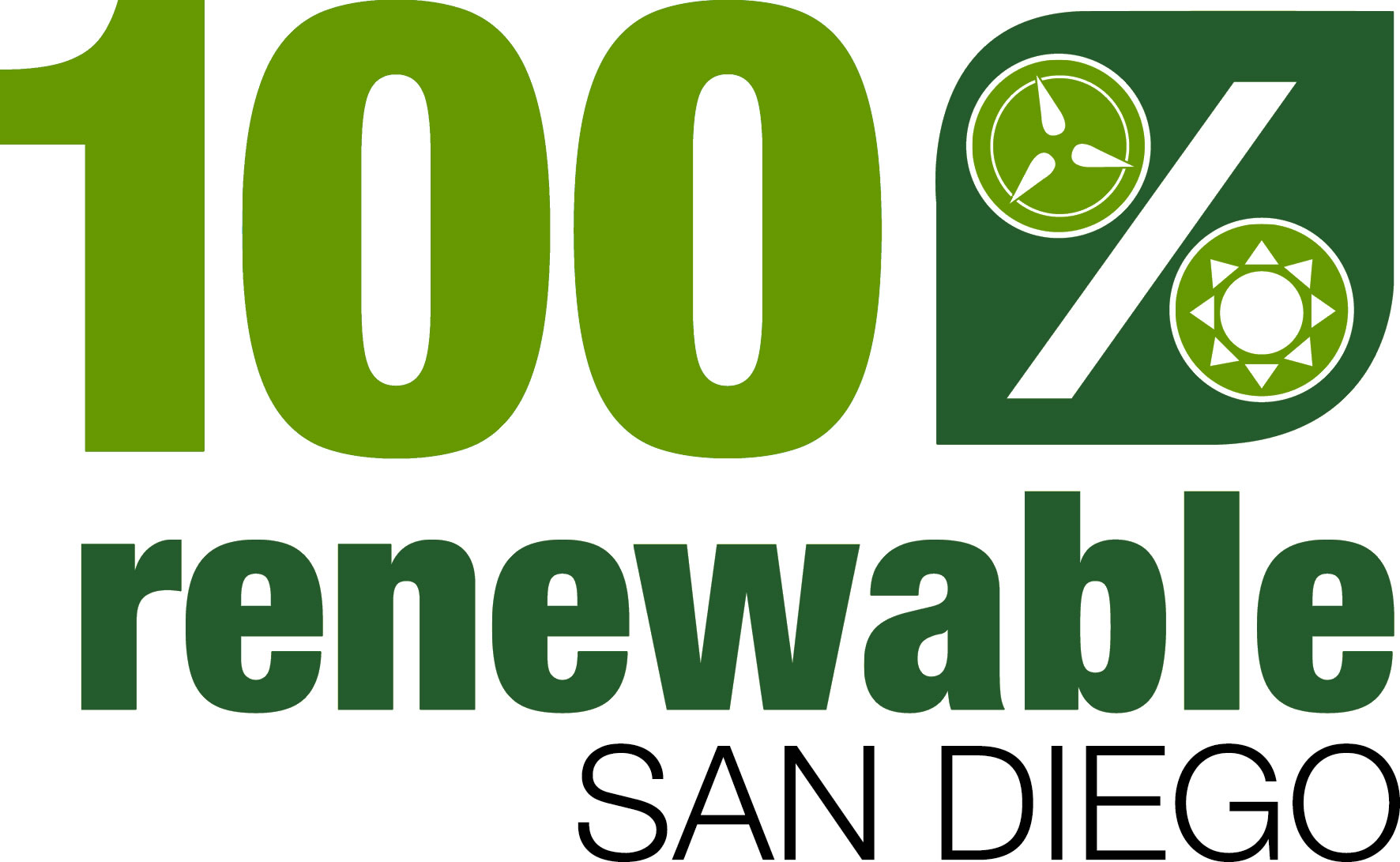 Nepal turns to renewable energyApr 5, 2013 - KATHMANDU, IRINNEWS.ORG KATHMANDU, 5 April 2013 (IRIN) - Nepal’s recently adopted policy of subsidizing renewable energy is the latest of many attempts to electrify long-deprived areas, but much more is needed, say experts.
More than half of the country’s households - almost all in urban and semi-urban areas - are connected to the national electricity grid. But 80 percent of the population is rural, and in these areas, less than one-third have electricity. With grid extension to the country’s hilly and mountainous areas prohibitively expensive, officials are looking to off-grid renewable alternatives. “Renewable, off-grid energy solutions [are] the only realistic way to provide energy in parts of the country,” according to the government’s National Rural and Renewable Energy Programme (NRREP), a five-year framework launched in 2012. The new policy funds technologies sourced from hydropower, solar, biogas (a mixture of methane and carbon dioxide produced by fermenting organic matter) and - for the first time - wind. The policy also seeks to use biomass, a traditional energy source, more efficiently. Untapped energy Despite Nepal’s potential wealth in solar energy and hydropower (the highest after Brazil) and three decades of research, development of these energies has not kept pace with population growth. The little renewable energy that has been harnessed is poorly distributed due to crumbling infrastructure incapable of delivering, for example, parts for wind turbines. Such technology is almost entirely absent in the most inaccessible and deprived regions, like the country’s western Karnali Zone,where over 80 percent of the 400,000 residents have moderate or serious problems getting enough food. More than 42 percent of people there live below the poverty line, and more than 60 percent of under-five children are too short for their age, a measure of chronic under-nutrition. A 2011 study described how renewable energy can improve education by extending study hours; enable life-saving communication; facilitate delivery of chilled medication and vaccines; boost yields in agriculture-dependent economies where farmers still largely rely on manual tilling; and even boost rural incomes through cottage industries like poultry farms. Slow uptake Most of the country’s current energy needs are met with inefficiently used biomass, including firewood (75 percent), agricultural residues (4 percent) and animal waste (6 percent). The rest is met by commercial sources, including petroleum, coal and electricity. Only about 12 percent of the country’s population uses electricity derived from water, wind or sun. Initial costs to harness such energy are high, even with the government’s subsidies. Unlike with the electrical grid, in which consumers pay only for operational costs, communities must contribute to renewable technologies’ capital costs in addition to operations and maintenance. Even so, renewable energy can electrify remote areas faster and more cheaply than extending the national grid, according to a soon-to-be published study from the Royal Institute of Technology in Sweden. The study concluded “micro-hydro-based mini-grid technology” - a local grid that uses hydropower - is the cheapest alternative, costing 35 US cents per kilowatt versus US$1.34 to extend the national grid. New subsidy The new policy emphasizes reaching women and the “socially excluded” with targeted subsidies. These subsidies replace old ones that were not as specific about distinguishing where users lived, did not factor in the difficulty or cost of developing renewable energy, and did not give special concessions to women and other vulnerable groups. The new subsidies will no longer be flat-rate and will take into account the actual cost of tapping alternative energies for communities. Solar and micro-hydro energy subsidies will now be higher for areas less accessible by road, and subsidies for biogas will be higher for communities in mountainous areas. The average subsidy for renewable energy technology will increase from 25 to 40 percent. Single women, the poor, those affected by disaster or conflict, and marginalized and indigenous groups now qualify for an additional one-time $29 grant. The policy also promotes micro-financing through private financial institutions (backed by a central government fund), which will grant loans of up to 40 percent of the technology cost. More to go But subsidies are only part of the solution, insisted Bajracharya, an energy analyst, who said legislation is also needed to support renewable energy, guarantee financing and create mechanisms to sell surplus energy to the national grid. Saroj Rai, senior renewable energy advisor at the SNV Netherlands Development Office for Nepal, added that capacity development, awareness and quality management are also required. The World Energy Outlook’s Energy Development Index, which measures household electricity provision, ranked Nepal near the bottom of countries evaluated in 2012. sm/pt/rz Theme (s): Environment, [This report does not necessarily reflect the views of the United Nations]
|
Email this page to a friend
If you speak another language fluently and you liked this page, make
a contribution by translating
it! For additional translations check out FreeTranslation.com
(Voor vertaling van Engels tot Nederlands)
(For oversettelse fra Engelsk til Norsk)
(Для дополнительных
переводов проверяют
FreeTranslation.com )

